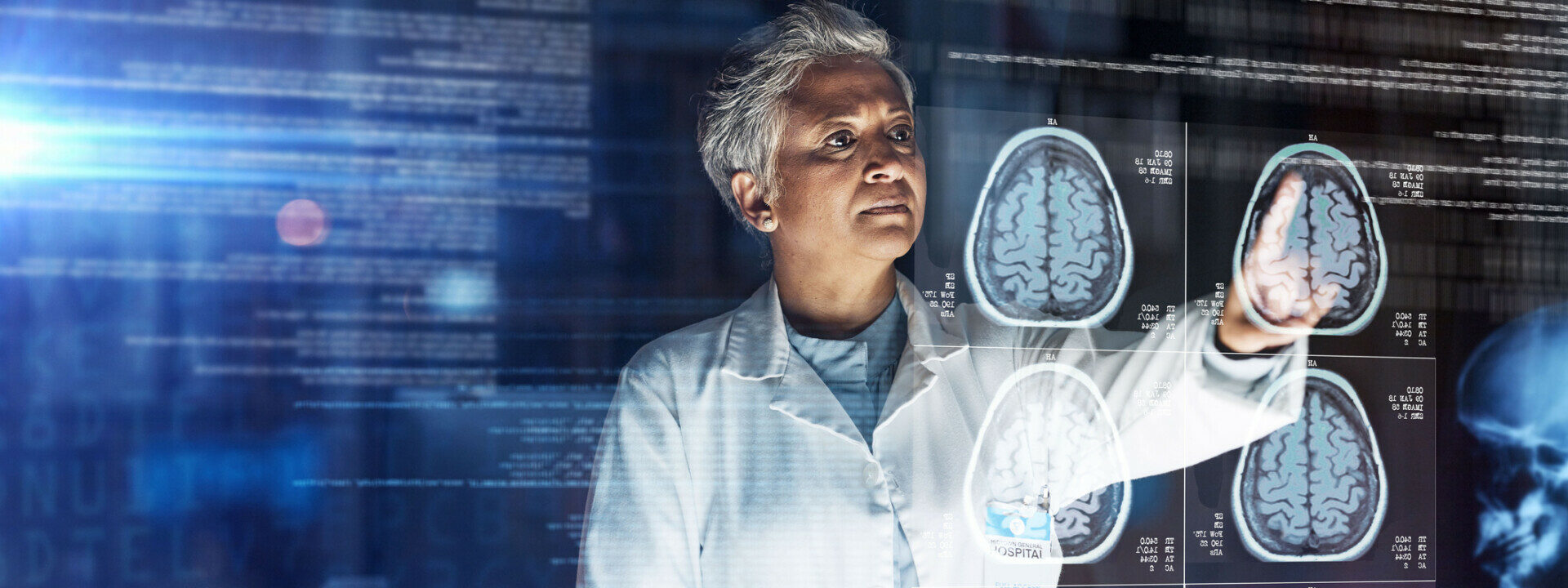When Relying on Knowledge and Experience Has Become a Burden in Facing the Future
Just one year ago, who could predict what we would go through today? An uncontrolled pandemic and its impact on our economy, our quarantined lives, the abrupt shift to working-from-home, an entire educational system that has to reinvent itself, our daily horizon shrunk to a few miles around us. And on top of it all, this relentless sense of unpredictability. We rely so much on what has happened in the past to predict what will be in the future that we are now left in shock, dazzled, staggering from hope back to despair.
Based on our knowledge and experience, what we think will happen tomorrow dictates our life, our projects, and the decisions we are making today. What we think the future will bring impacts our mood, our mindset, and how we feel. We are wired to decipher what will happen next.
Unlearning what has made us successful so far
This ability to predict is and has been for us a major condition of success, in some cases survival. It is almost inescapable to hold tight to what we have always done to succeed; even when this knowledge and experience has become irrelevant, we are left hoping it will turn out.
In response to the impact of COVID-19, companies re-center their strategies to their core activities, holding tighter to their long-time proven sources of revenues. It may actually turn out for them, or lead them to a wall, depending on whether they have challenged to the core the hypotheses on which they bet their choice.
While we act based on how we perceive the external environment, we tend to forget that how we experience and interpret the situation today is completely under our control. The challenge is to generate empowering interpretations of what is going on, to then be able to generate new kinds of actions.
We need to learn to think newly again to powerfully face our current circumstances.
From knowing to looking, newly
What is left to inform our thinking and actions? Maybe a new art of looking that puts aside all frames of reference. Looking this way may seem like looking in the dark or in the fog. The first impression may result in the simple reaction “It does not make any sense.” Cognitive dissonance is a more elegant term to describe this experience.
Inconsistent pieces of data that do not make sense if assembled with the old reference models are still pieces of data. They need to be considered with a new approach and looked at for what they are. What do they tell us? What potential do they bear? According to what we have known so far, large parts of the economy could be seen as “crumbling,” but what is actually happening? What are the facts? What opportunities do these changes create for us?
The work to be done is one of distinguishing raw data from dissonance and interpretations based on what was predictable or expected based on experience.
Breakthroughs come from looking newly and challenging what we hold to be true
The current era is a pressing invitation to challenge our old certainties. It is up to us to seize the opportunity to create anew from what is possible with what is actually happening, rather than trying to fit the past into the changing circumstances. When we are able to accept what is so, the raw facts, while looking at them and being open to any kind of discovery, especially those unexpected – magic can happen.
At Insigniam, this is what we have been helping organizations produce for themselves: Breakthroughs. What it takes is the willingness to give up, for just a moment, knowledge and experience and be open to new possibilities, beyond the current circumstances would let you imagine as possible.



